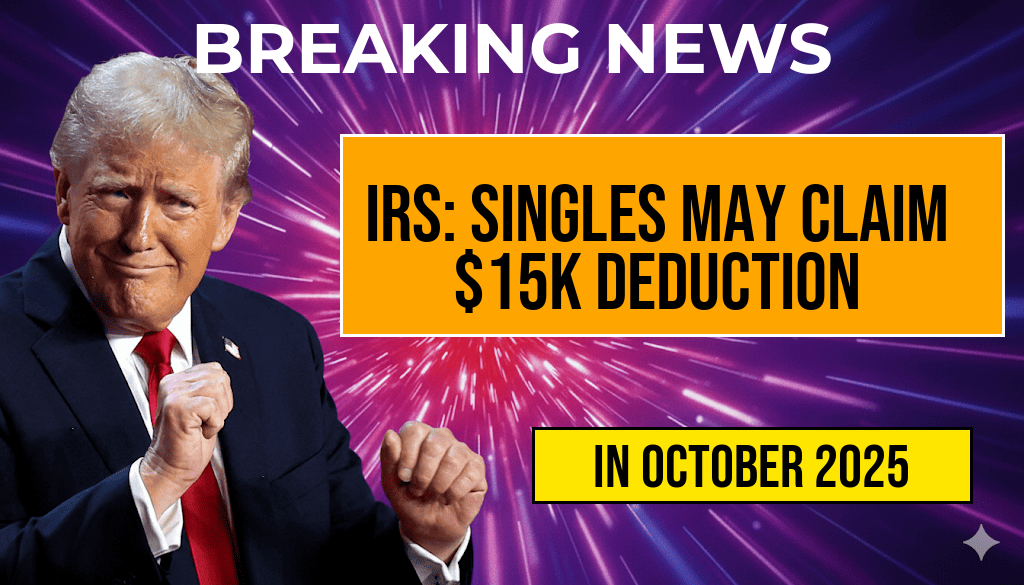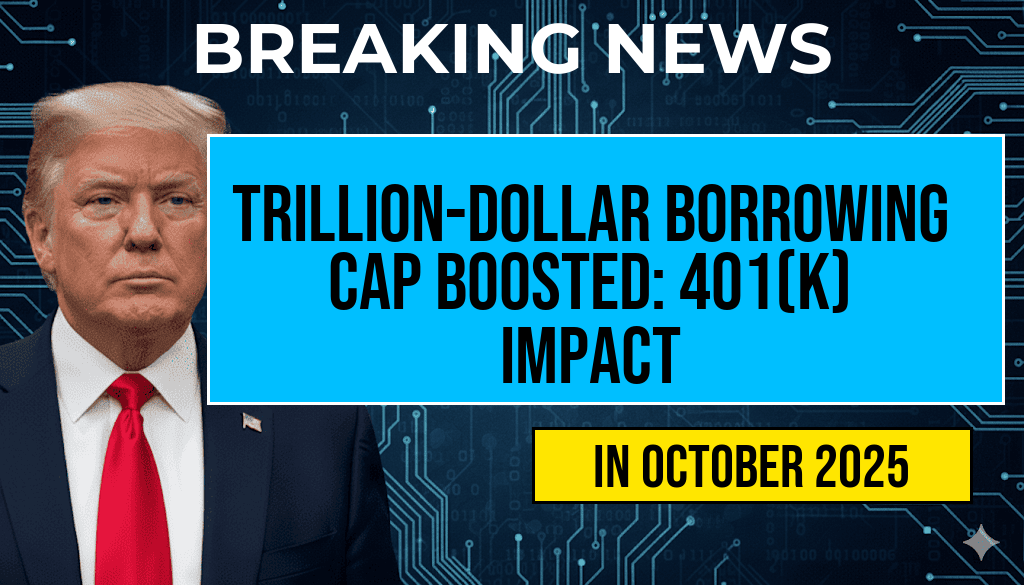Retirees across the United States may soon benefit from a significant adjustment to Social Security income thresholds, known as the “bracket creep reset,” set to take effect in 2026. This change aims to prevent inflation-driven increases in taxable income from pushing more seniors into higher tax brackets, which can erode their benefits. According to recent proposals from the Social Security Administration (SSA) and the Congressional Budget Office (CBO), the income thresholds used to determine taxation levels for Social Security benefits will be reset to reflect current economic realities. This adjustment could save some retirees over $500 annually in taxes or increase their benefits, depending on individual circumstances. As discussions continue in Congress, understanding the specifics of these new thresholds becomes critical for millions of seniors planning their financial futures.
Understanding the Bracket Creep and Its Impact on Retirees
Bracket creep occurs when inflation causes income thresholds for tax brackets to remain unchanged while nominal income rises. For retirees receiving Social Security benefits, this phenomenon can result in higher taxable income without an actual increase in their purchasing power. As a consequence, more seniors may find their benefits partially taxed, effectively reducing their take-home income.
Historically, the SSA has adjusted income brackets annually to account for inflation. However, these adjustments have sometimes lagged behind actual inflation rates, leading to unintended tax increases for retirees. The proposed reset aims to recalibrate these thresholds, preventing inflation from gradually pushing retirees into higher tax brackets solely due to inflation adjustments.
Details of the 2026 Reset and New Income Thresholds
| Filing Status | Previous Threshold (2023) | New Threshold (2026) |
|---|---|---|
| Individual | $25,000 | $20,000 |
| Married Filing Jointly | $32,000 | $30,000 |
| Married Filing Separately | $0 | $0 |
These thresholds determine at what income level a portion of Social Security benefits become taxable. Currently, up to 50% or 85% of benefits can be taxed depending on total income levels. The reset aims to keep these thresholds aligned with current economic conditions, preventing inflation from increasing the tax load on retirees.
How the Reset Could Save Retirees Money
- Reduced Tax Burden: Retirees with income just above previous thresholds could see a reduction of over $500 annually in their Social Security tax liability.
- Enhanced Benefits: For some, the reset may translate into higher net benefits, especially if they qualify for benefits based on income levels that are now adjusted downward.
- More Accurate Taxation: By recalibrating thresholds to reflect current inflation, the reset ensures that retirees aren’t penalized for rising costs of living.
For example, a retiree with a combined income just above the old threshold of $25,000 might have faced higher taxes on their benefits. With the new $20,000 threshold, their taxable portion could decrease, resulting in tangible savings.
Implications for Retirement Planning
Retirees and financial planners must stay attentive to these changes, as the reset could influence decisions around withdrawals, investments, and overall income strategies. The reset underscores the importance of revisiting financial plans annually to account for policy adjustments and inflation impacts.
Expert Perspectives and Policy Background
Advocates argue that the reset is a necessary correction to prevent inflation from eroding retirement benefits. “Adjusting income thresholds to current economic conditions helps preserve the purchasing power of seniors,” notes Wikipedia’s article on Social Security.
However, some policymakers express concern about the long-term fiscal implications of these resets, emphasizing the need for comprehensive reform to ensure the sustainability of the Social Security system. The reset is viewed as a temporary measure that addresses inflation-related issues but does not solve underlying funding challenges.
Next Steps and What Retirees Should Do
While the exact implementation details are still being finalized, retirees can prepare by reviewing their current income and benefit status. Consulting with financial advisors or using online calculators can help estimate possible savings or impacts resulting from the threshold adjustments.
As the 2026 date approaches, staying informed through official SSA updates and legislative developments will be vital. Retirees should also consider how these changes interact with other policies, such as cost-of-living adjustments (COLAs), to maximize their financial security.
For more detailed guidance, the SSA’s official resource on Social Security taxation provides up-to-date information and planning tools.
Frequently Asked Questions
What is the retiree bracket creep reset for 2026?
The retiree bracket creep reset for 2026 refers to adjustments in income thresholds designed to prevent inflation from pushing retirees into higher tax brackets. This reset aims to provide tax relief and ensure retirees retain more of their income.
How could the 2026 bracket creep reset save retirees over $500?
The income threshold adjustments for 2026 could result in savings of over $500 by keeping retirees in lower tax brackets, reducing their overall tax liability and increasing their disposable income.
What are the new income thresholds for retiree tax brackets in 2026?
The new income thresholds have been updated to reflect inflation and the bracket creep reset, allowing retirees to earn more without moving into a higher tax bracket. Specific figures vary by filing status and income sources.
Who benefits most from the 2026 bracket creep reset?
Retirees with moderate incomes and those relying on fixed retirement income benefit the most, as the reset helps shield them from higher taxes due to inflation and income growth.
When will the new income thresholds for 2026 be officially announced?
The IRS typically announces the updated income thresholds for the upcoming year in late fall of the previous year, so detailed figures for 2026 are expected to be released in late 2025 or early 2026.






